A WRITER'S WIT |
New Yorker Fiction 2016
 Todd St. John
Todd St. John “That’s when I saw the man talking on his cell phone.
‘No, no one is with him, I can easily grab him,’ the man was saying.
Or was he? I didn’t know. I still don’t” (63).
Illustration by Todd St. John.

Introduction to My Long-Playing Records
"My Long-Playing Records" — The Story
"A Certain Kind of Mischief"
"Ghost Riders"
"The Best Mud"
"Handy to Some"
"Blight"
"A Gambler's Debt"
"Tales of the Millerettes"
"Men at Sea"
"Basketball Is Not a Drug"
"Engineer"
"Snarked"
"Killing Lorenzo"
"The Age I Am Now"
"Bathed in Pink"
Listen to My Long-Playing Records Podcasts:
"A Certain Kind of Mischief"
"The Best Mud"
"Handy to Some"
"Tales of the Millerettes"
"Men at Sea"
"My Long-Playing Records"
"Basketball Is Not a Drug"
"Snarked"
"Killing Lorenzo"
"Bathed in Pink"
Also available on iTunes.


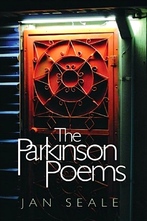
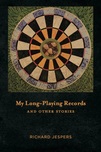





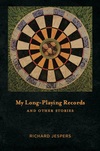






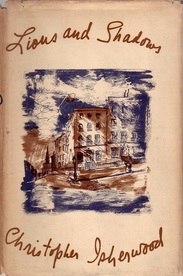


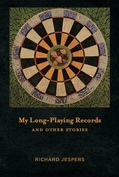

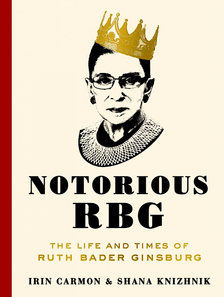

 RSS Feed
RSS Feed